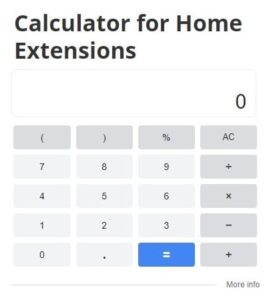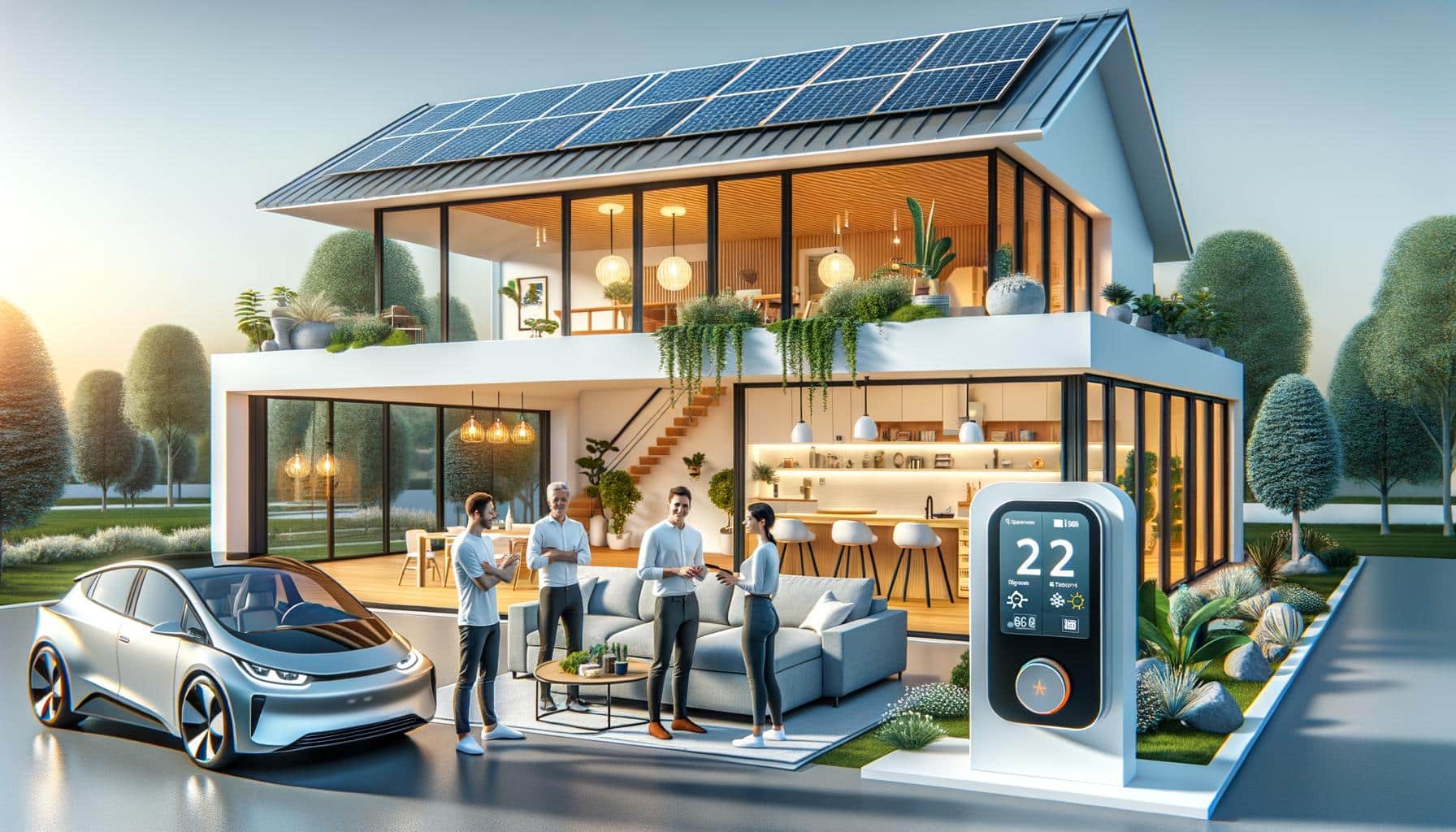
At Home Owners Association, we often receive questions about what qualifies as energy-efficient home improvements. Upgrading your home’s energy efficiency can lead to significant savings on utility bills and increase your property’s value.
In this post, we’ll explore various energy-saving upgrades that can transform your home into a more eco-friendly and cost-effective living space. From insulation to appliances, we’ll cover the key areas where you can make impactful changes.
How Insulation and Air Sealing Boost Energy Efficiency
The Power of Proper Insulation
Insulation forms the foundation of an energy-efficient home. Fiberglass batts offer a cost-effective solution with solid performance. Spray foam provides superior coverage and air-sealing properties (albeit at a higher cost). Cellulose, made from recycled paper products, presents an eco-friendly option that performs well in both new constructions and retrofits.
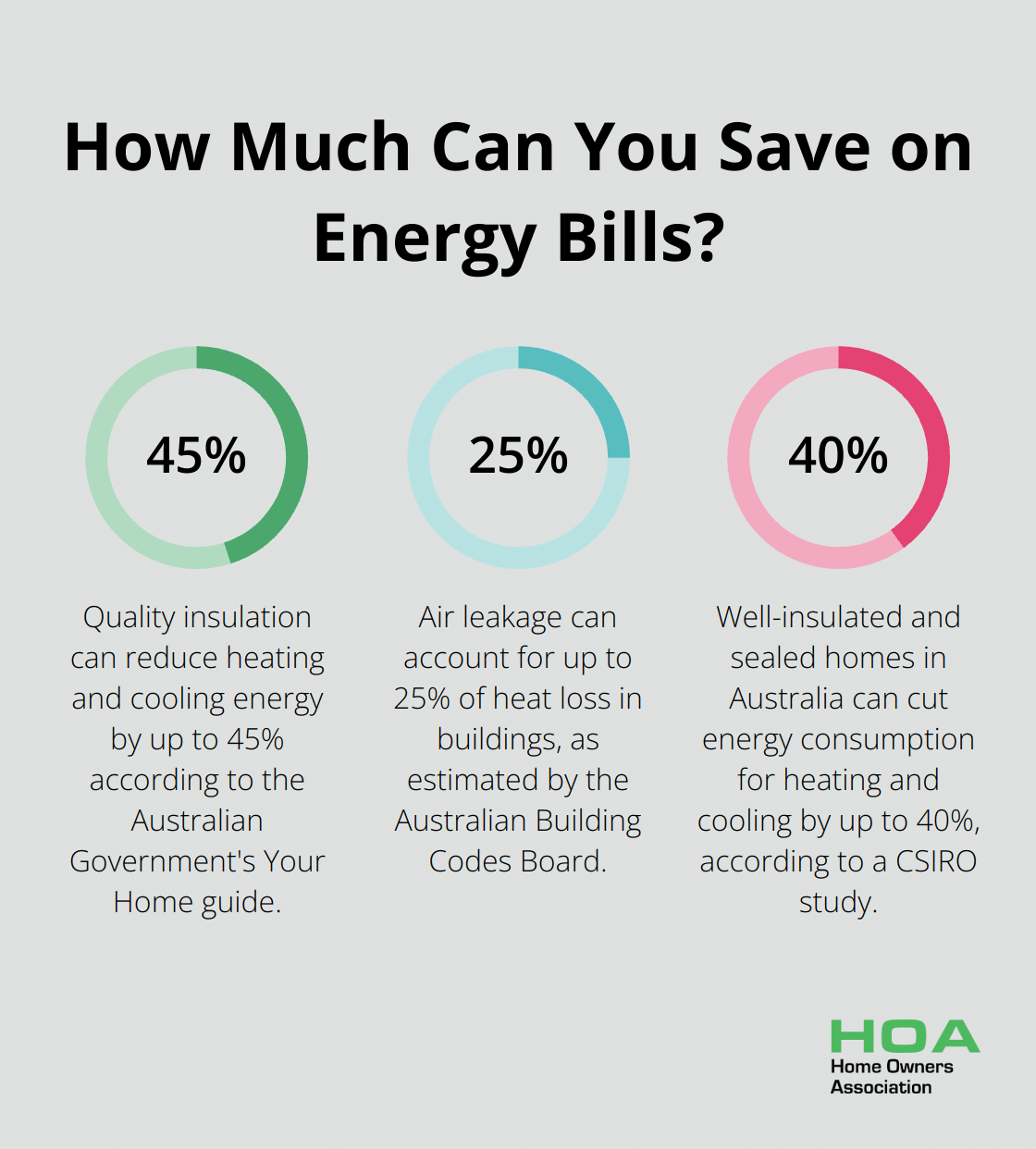
The Australian Government’s Your Home guide indicates that quality insulation can reduce heating and cooling energy by up to 45%. This translates to substantial long-term savings on utility bills.
The Importance of Air Sealing
Air sealing plays an equally vital role in energy efficiency. Even top-notch insulation can’t perform optimally if air leaks through gaps and cracks in your home’s envelope. Common leak areas include windows, doors, electrical outlets, and junctions between different building materials.
Professional energy auditors use blower door tests to identify leaks. Homeowners can also perform simple visual inspections and use caulk or weatherstripping to seal obvious gaps. The Australian Building Codes Board estimates that air leakage can account for up to 25% of heat loss in buildings.
Synergistic Effects of Insulation and Air Sealing
When combined, proper insulation and air sealing create a powerful energy-saving duo. They work in tandem to maintain consistent indoor temperatures, which reduces the load on heating and cooling systems. This not only saves energy but also extends the life of HVAC equipment.
A CSIRO study found that well-insulated and sealed homes in Australia can cut energy consumption for heating and cooling by up to 40%. This reduction lowers bills and decreases a home’s carbon footprint.
Broader Impact on Australian Energy Goals
These energy-efficient improvements contribute to Australia’s broader energy efficiency goals. Energy efficiency can play a significant role in cost-effectively reducing greenhouse gas emissions and assisting Australia to meet its 2030 greenhouse gas emission reduction goal.
Financial Incentives for Energy-Efficient Upgrades
Some states offer rebates or incentives for energy-efficient home improvements. Homeowners should check with local authorities or energy providers for current offers. These incentives can make the initial investment in insulation and air sealing more affordable, leading to quicker returns on investment.
As we move forward, it’s clear that insulation and air sealing form the bedrock of an energy-efficient home. But what about the openings in your home’s envelope? Let’s explore how high-performance windows and doors can further enhance your home’s energy efficiency.
Upgrading Windows and Doors for Energy Efficiency
The Impact of Double-Pane and Triple-Pane Windows
Windows significantly affect your home’s energy performance. Double-pane windows have become the standard for energy efficiency, but triple-pane options offer even greater benefits. Up to 40% of a home’s heating energy can be lost and up to 87% of its heat gained through windows. Improving the thermal performance of your glazing can significantly reduce these losses.
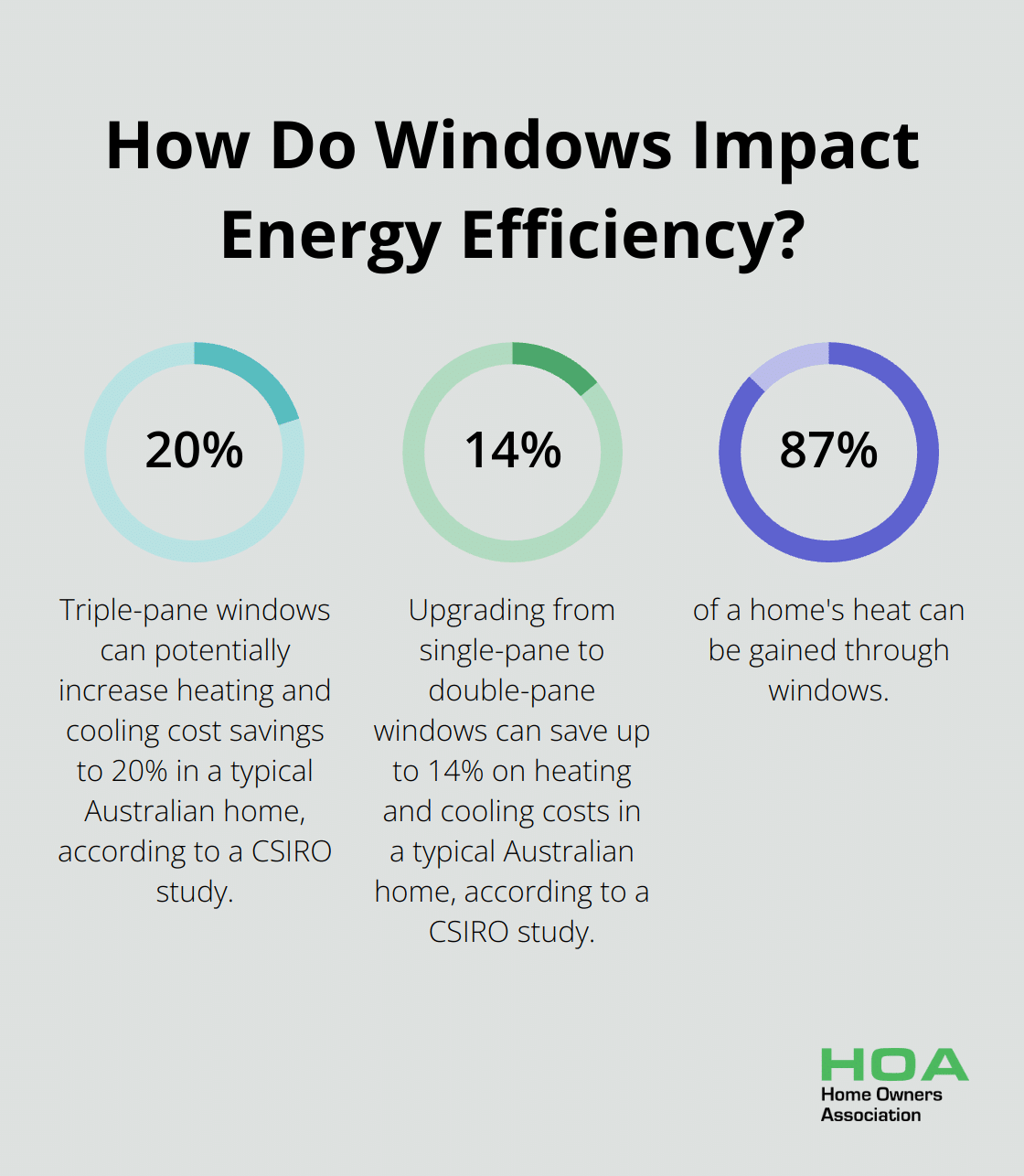
The insulating air or gas layer between the panes is key. Argon gas, commonly used in high-performance windows, provides better insulation than air. For optimal performance, low-emissivity (low-E) coatings reflect heat back into your home during winter and out during summer.
Energy-Efficient Door Options
Your choice of door materials significantly impacts energy efficiency. Fiberglass and steel doors with polyurethane foam cores offer excellent insulation. The Australian Building Codes Board reports that these doors can have R-values up to six times higher than solid wooden doors.
For sliding glass doors (common in many Australian homes), double-pane or triple-pane options with low-E coatings can reduce heat transfer by up to 75% compared to single-pane alternatives.
Quantifying the Impact on Heating and Cooling Costs
The Australian Government’s Your Energy Savings website states that up to 40% of a home’s heating energy can escape through windows. Upgrading to energy-efficient windows and doors can significantly reduce this loss.
A CSIRO study found that in a typical Australian home, upgrading from single-pane to double-pane windows can save up to 14% on heating and cooling costs. Triple-pane windows can increase these savings to potentially 20%.
When considering upgrades, it’s essential to look at the whole-of-life costs. While energy-efficient windows and doors may have higher upfront costs, the long-term savings often justify the investment. Many homeowners report recouping their costs within 5-10 years through reduced energy bills.
Professional Installation: A Key Factor
The effectiveness of your windows and doors also depends on proper installation. Professional installation ensures that you get the full benefit of your energy-efficient upgrades. (Home Owners Association can connect you with trusted professionals who specialize in energy-efficient installations.)
As we move forward, it’s important to consider how these upgrades to your home’s envelope work in tandem with your home’s systems. Let’s explore how energy-efficient upgrades and appliances can further enhance your home’s overall energy performance.
Maximizing Energy Efficiency with Smart HVAC and Appliances
High-Efficiency HVAC Systems
Upgrading your home’s HVAC system can significantly reduce energy consumption and lower utility bills. The Australian Government’s Energy Rating website reports that heating and cooling account for 40% of household energy use. Homeowners should focus on these areas to achieve substantial savings.
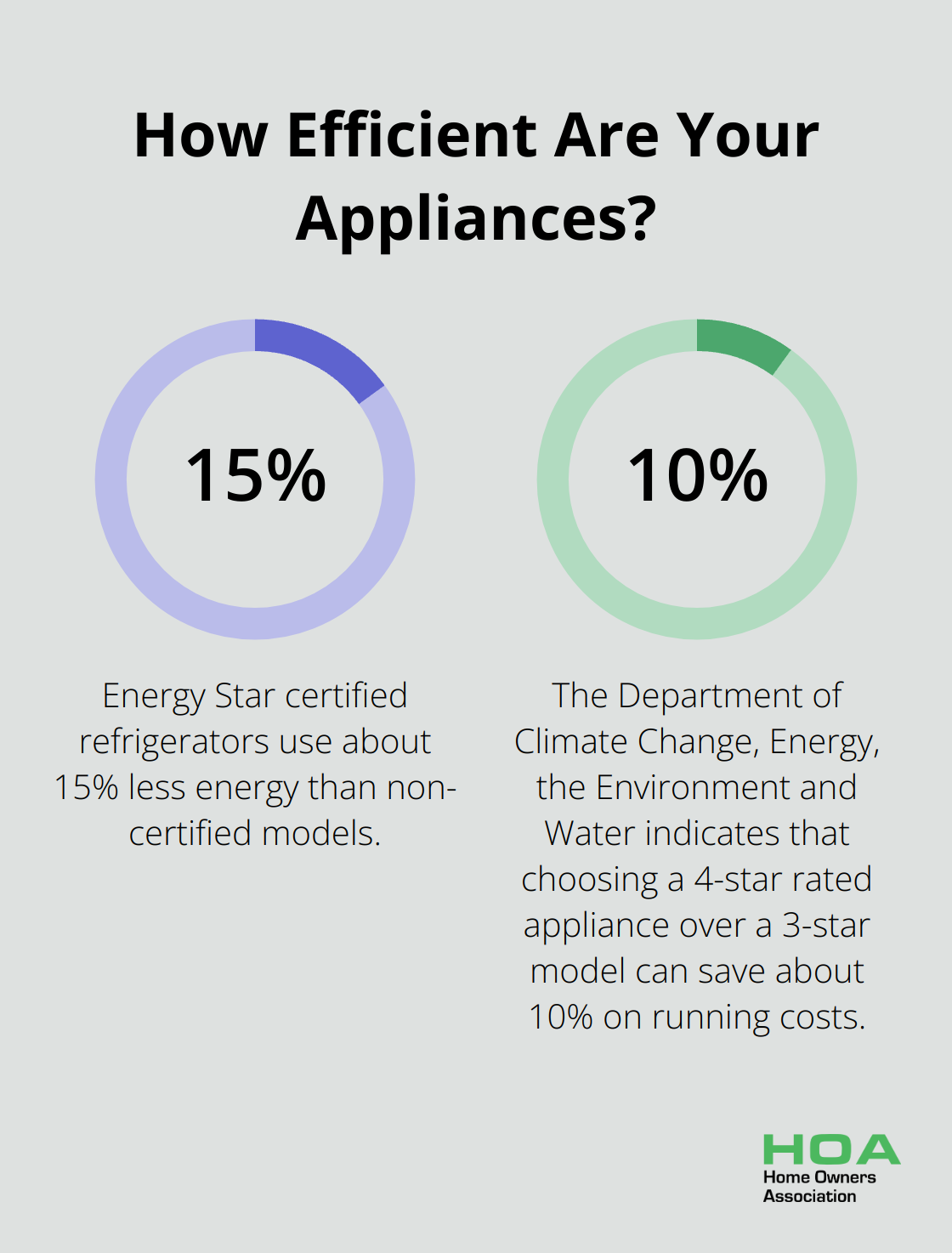
When replacing your HVAC system, look for models with high energy ratings. In Australia, the Zoned Energy Rating Label (ZERL) provides a clear indication of an air conditioner’s efficiency across different climate zones. The higher the star rating, the more energy-efficient the system.
Heat pumps have gained popularity due to their exceptional efficiency. The Australian Department of Climate Change, Energy, the Environment and Water has conducted research on heat pumps and their efficiency in the Australian market.
Energy Star Certified Appliances
Choosing Energy Star certified appliances is a simple yet effective way to reduce energy consumption. These appliances meet strict energy efficiency guidelines set by the Australian Government. For example, Energy Star certified refrigerators use about 15% less energy than non-certified models.
When shopping for new appliances, pay attention to the Energy Rating Label. This label provides a star rating and annual energy consumption estimate, allowing you to compare different models easily. The Department of Climate Change, Energy, the Environment and Water indicates that choosing a 4-star rated appliance over a 3-star model can save you about 10% on running costs.
Smart Home Energy Management
Smart home technology can further optimize your energy use. Smart thermostats learn your preferences and adjust temperatures automatically. Some models can even detect when you’re away and adjust settings accordingly.
Home energy management systems provide real-time data on your energy consumption, allowing you to identify and address inefficiencies. The CSIRO reports that households using these systems can reduce their energy consumption by up to 20%.
Long-Term Savings and Incentives
While the upfront costs of energy-efficient systems and appliances may be higher, the long-term savings often justify the investment. Many Australian energy providers offer rebates or incentives for energy-efficient upgrades, which can help offset initial costs.
(Home Owners Association members have reported significant savings through these upgrades. One member in Brisbane experienced a 30% reduction in summer cooling costs after installing a smart thermostat and upgrading to a high-efficiency air conditioner.)
Professional Installation and Maintenance
To maximize the benefits of your energy-efficient HVAC system and appliances, professional installation and regular maintenance are essential. (Proper installation ensures optimal performance, while routine maintenance keeps your systems running efficiently for years to come.)
Final Thoughts
Energy-efficient home improvements qualify as upgrades that significantly reduce energy consumption and enhance overall home comfort. These improvements often pay for themselves through lower energy bills and increased property value. In Australia, many of these upgrades contribute to meeting national energy efficiency goals and reducing greenhouse gas emissions.
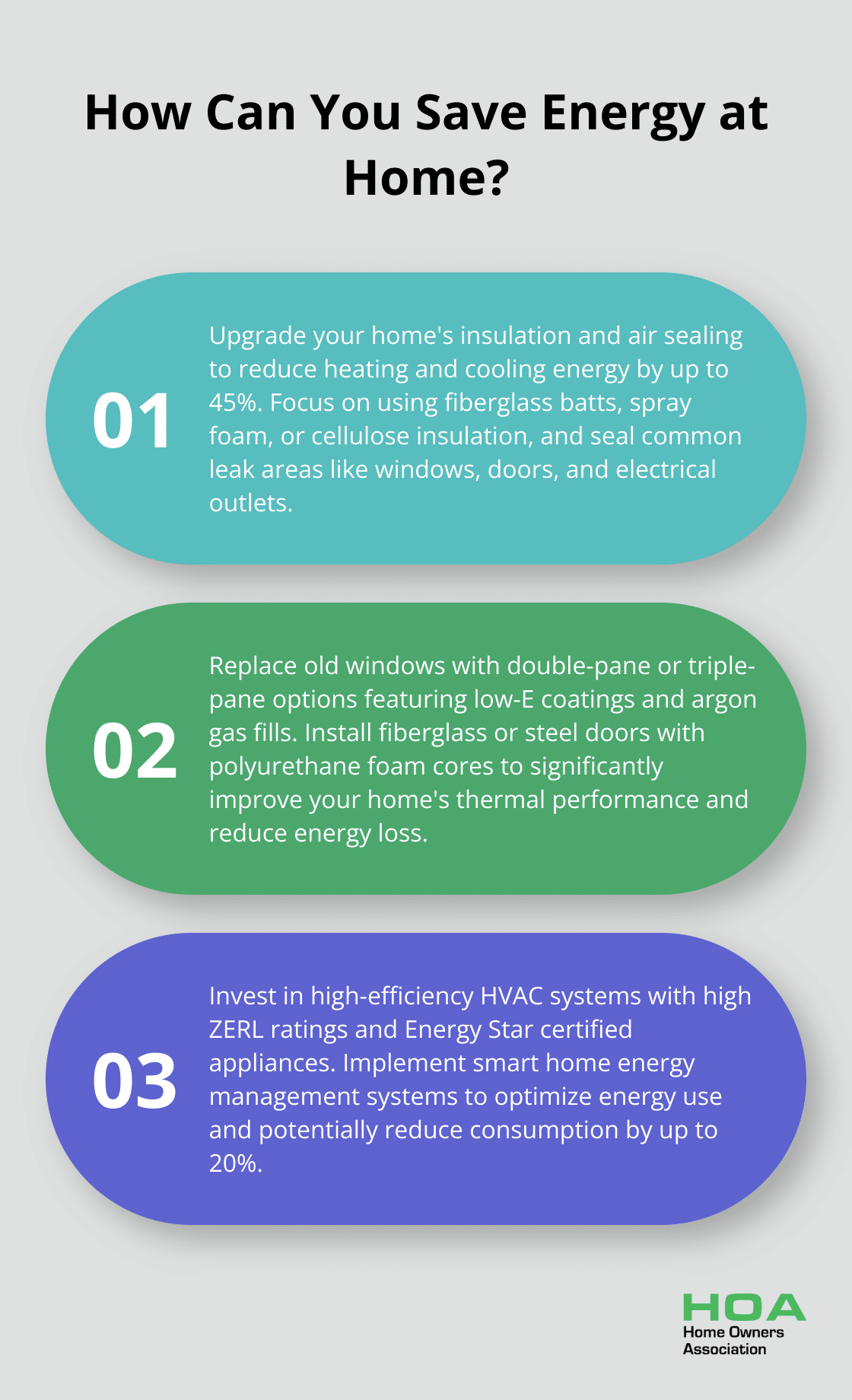
The long-term benefits for homeowners extend beyond immediate savings on utility bills. Energy-efficient homes provide more consistent temperatures, improved indoor air quality, and typically have higher resale values. The Australian Government’s Your Energy Savings website offers valuable information on energy efficiency measures and available rebates.
At Home Owners Association, we help Melbourne homeowners make informed decisions about energy-efficient upgrades. Our members receive trade pricing on materials, expert advice, and personalized guidance throughout their home improvement projects. (You’ll enjoy lower energy bills, a more comfortable living space, and the satisfaction of contributing to a more sustainable future.)





